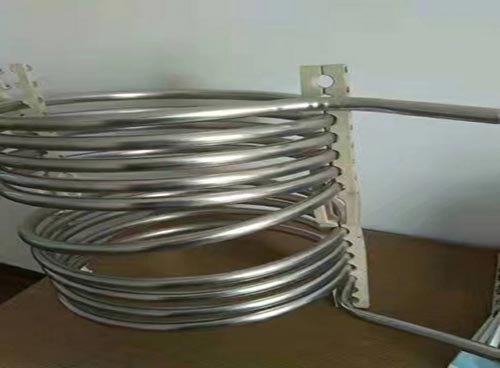What is the disadvantage of coil tubing?
While coil tubing technology has many advantages, it also has several disadvantages. Here are some of the main drawbacks:
1. Limited depth and diameter:
Coil tubing has limitations in terms of the depth it can reach and the diameter of the tubing that can be used, which can restrict its applications in some wells.
2. Reduced flow capacity:
Compared to conventional jointed pipe, coil tubing generally has a smaller internal diameter, which can limit flow rates and affect certain operations.
3. Fatigue life:
Coil tubing is subject to fatigue due to repeated bending and straightening, which can limit its operational life and require more frequent replacements.
4. Limited weight on bit:
For drilling operations, coil tubing can't provide as much weight on bit as conventional drill strings, potentially limiting drilling efficiency in some formations.
5. Pressure limitations:
The continuous nature of the tubing can limit the maximum pressure that can be applied, which may be an issue in high-pressure wells.
6. Complexity of surface equipment:
Coil tubing operations require specialized surface equipment, which can be complex and expensive to maintain.
7. Limited rotation:
Unlike jointed pipe, coil tubing cannot be rotated, which can limit its effectiveness in certain applications like drilling or milling.
8. Transportation challenges:
The large reels of coil tubing can be difficult and expensive to transport, especially to remote locations.
9. Higher initial costs:
The specialized equipment required for coil tubing operations can lead to higher initial investment costs compared to conventional methods.
10. Limited ability to fish:
If the coil tubing becomes stuck downhole, it can be more challenging to fish out compared to jointed pipe.
11. Reduced ability to transmit torque:
This limitation can affect certain downhole operations that require torque application.
12. Potential for helical buckling:
In certain conditions, coil tubing can form a helical shape in the wellbore, potentially leading to operational issues.
Despite these disadvantages, coil tubing remains a valuable technology in many oil and gas operations due to its speed, flexibility, and ability to work in live wells. The choice between coil tubing and conventional methods often depends on the specific requirements of each job.
Previous: >> What material is used for coil heat exchanger? Next: >> Is stainless steel tubing Magnetic?







